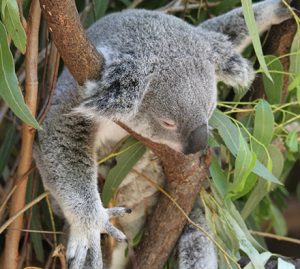The State Environmental Planning Policy (Koala Habitat Protection) 2019 (Koala SEPP) was released late last year, replacing SEPP 44. The operation of the Koala SEPP will place further unreasonable limits on farming practices while delivering limited benefits for koala conservation. Source: The Land
Most alarming is the potential of the new SEPP to make redundant the hard-fought land management reforms achieved in 2016. Like its predecessor SEPP 44, the purpose of the Koala SEPP is to manage the impacts of peri-urban development on koala habitat through Koala Plans of Management (KPOMs) developed by Councils.
However, because land identified as koala habitat in a KPOM is also excluded from the application of the Land Management Code, the new Koala SEPP will have far-reaching consequences for farming in NSW.
The interactions between the Koala SEPP and other regulations that apply to farmland are complex and are not explicit in the SEPP. However, working together they are likely to mean that most vegetated land in NSW will ultimately be moved into E Zones and many routine farming activities will require development consent.
NSW Farmers is calling for all land zoned RU1 and RU2 to be excluded from the Koala SEPP and the development of a fit for purpose approach to managing impacts under the Land Management Code. We also need a process for landholders to review or appeal the maps, an agreed-upon verification process for sightings and no buffers imposed on adjoining land.
The last thing farmers in NSW need is a return to blunt SEPP-based instruments that impede reasonable development, impose added costs and have the potential to undermine our transition to a more progressive land management framework where farmers are rewarded for managing land for both production and conservation outcomes.
James Jackson is president of the NSW Farmers Association.








